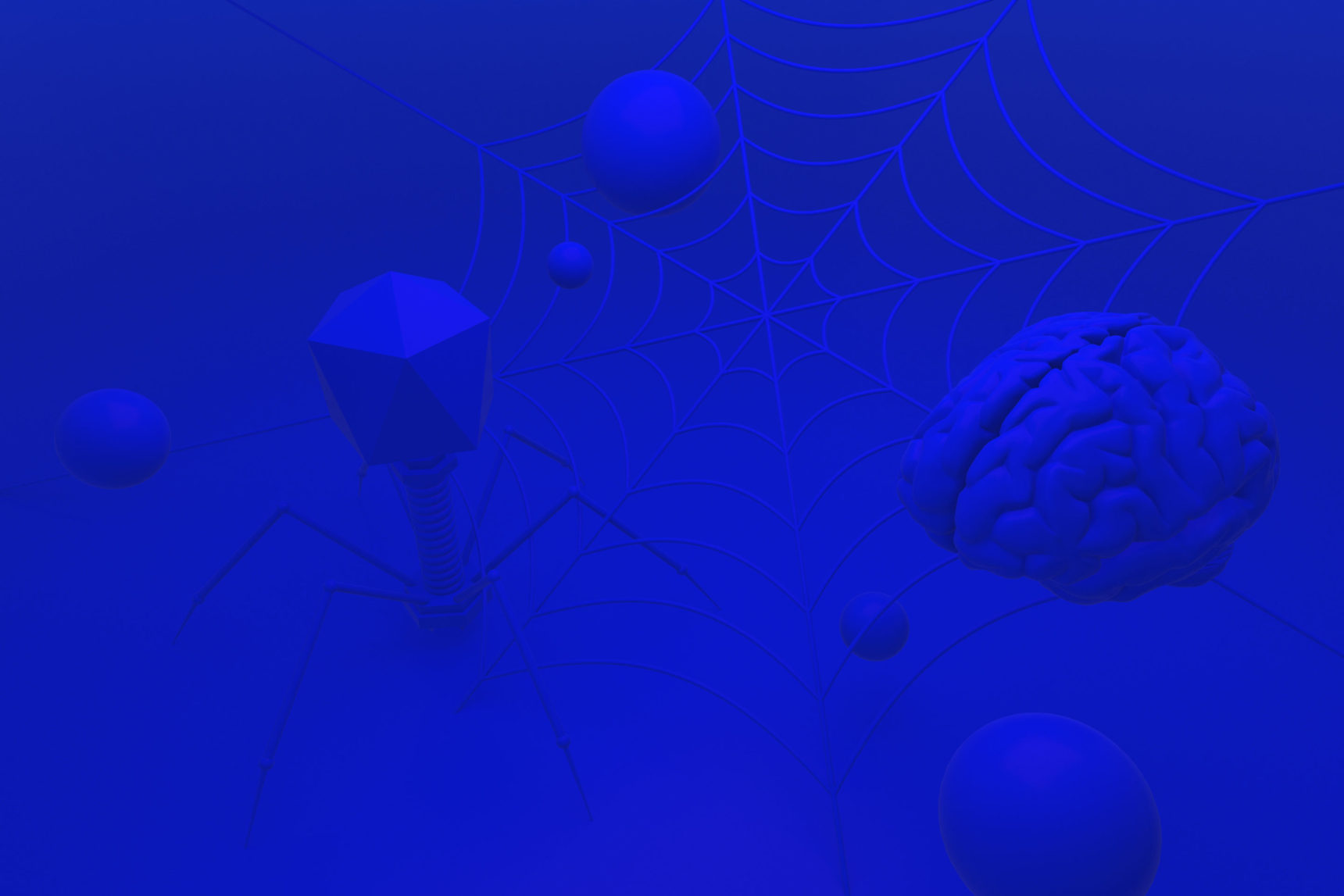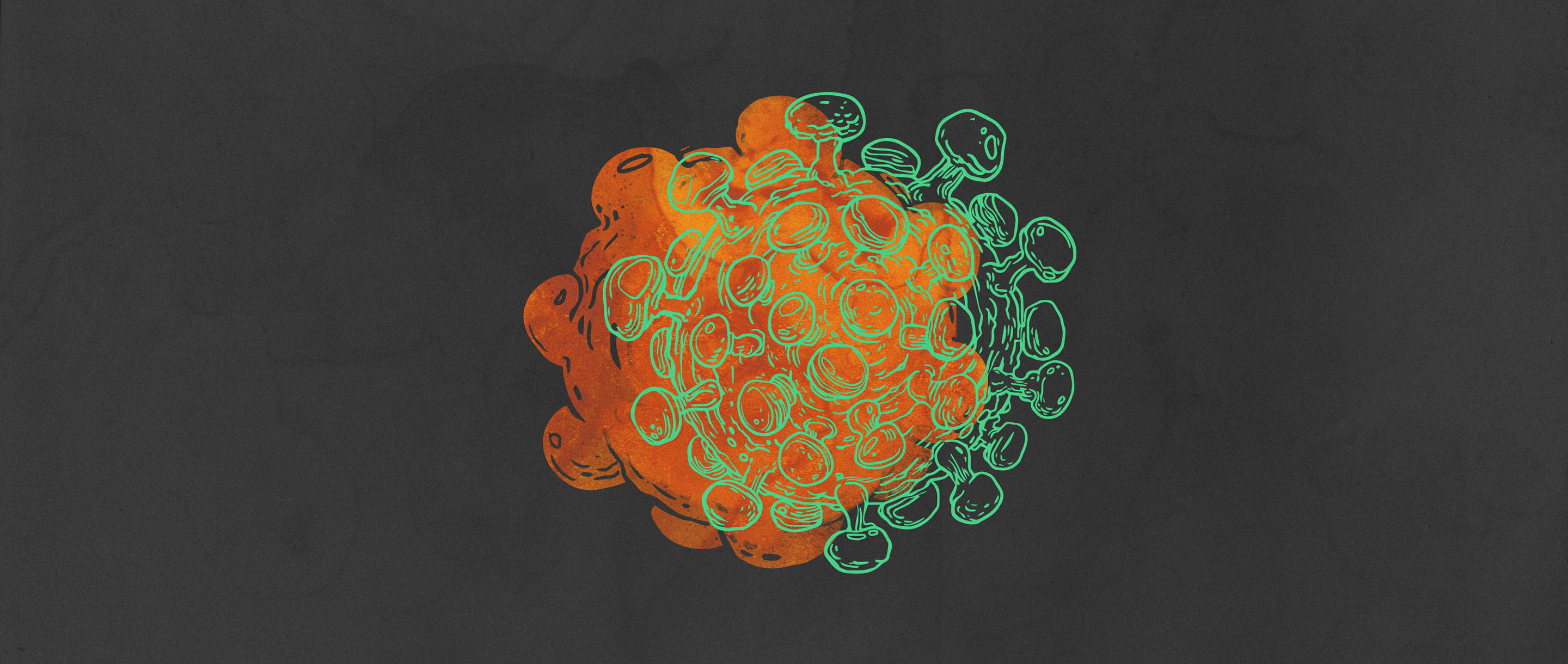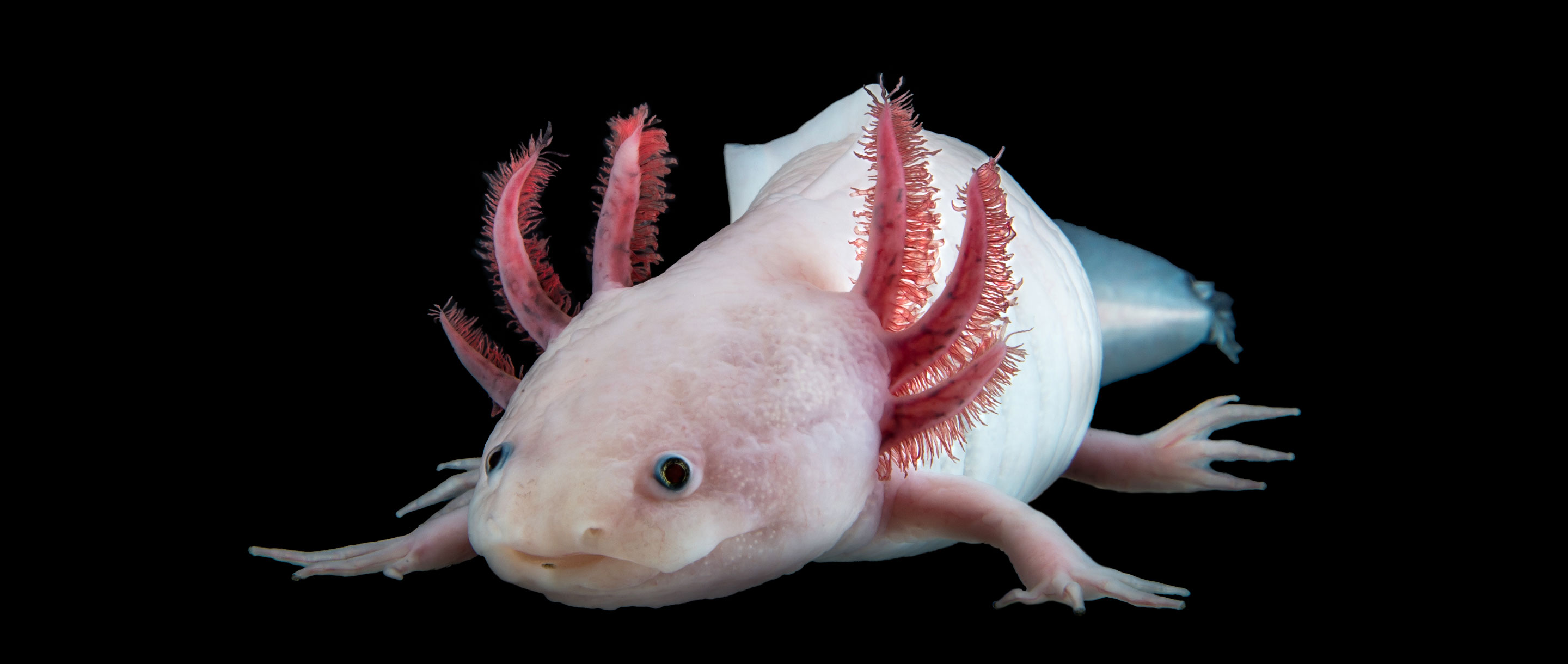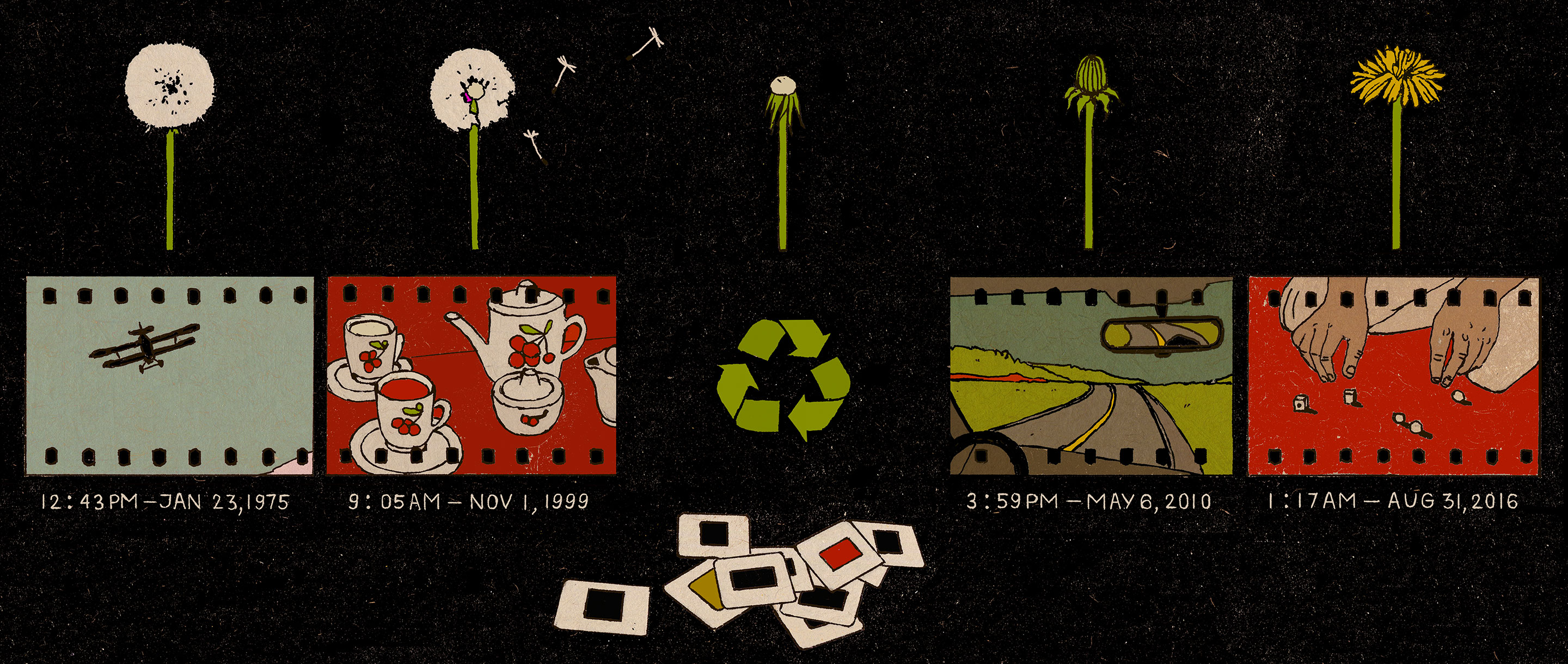
Olena Shmahalo/Quanta Magazine
Metcalfe’s law, which states that the value of a network grows with the square of its number of nodes, is a mainstay of telecommunications theory. But it also relates to biology because the web of life is a network, too. Each passing year brings to light new varieties of interconnections and relationships among the ever-widening diversity of organisms, cells, genes and biomolecules known to science. Because of evolution, we can see how the web of life also extends back through time, with genomic connections that link very different organisms through common ancestry. We have a deepening understanding of the mathematical principles that govern how all of Charles Darwin’s “endless forms most beautiful” survive, adapt, multiply and thrive.
In 2018, researchers gained useful insights into the genetic collaborations that produce living cells and into the recesses of life’s genomically tumultuous past. Viruses are starting to look less like parasitic, quasi-alive offshoots of “real” cells and more like a crucial component of life itself. Many hidden talents shared by complex cells are also becoming more apparent. And although we are far from truly understanding the most intricate and powerful biological network of them all — the brain — neuroscientists made some meaningful progress in understanding aspects of cognition and memory, among many other accomplishments.

Olena Shmahalo/Quanta Magazine; Model by: TheEmptyRoom
How Many Genes Do Cells Need? Maybe Almost All of Them
When a gene is identified, the question that naturally springs to mind is “What does it do?” Which trait or traits does the gene determine or at least affect? It’s often hard to say, and research on yeast that appeared in April showed why: So many genes are functionally interconnected or redundant that their full importance is hard to assess when considered on their own. The work lends support to a recent, radical proposal for an “omnigenic” model of genetics, in which essentially all our genes exert an influence on every trait.

Art by Janaina Mello-Landini; photo by Cristian Castelnuovo
Chronological Clues to Life’s Early History Lurk in Gene Transfers
Many of the major evolutionary events in life’s deep history, hundreds of millions or billions of years ago, might have been caused by “horizontal” transfers (transductions) of genes between dissimilar microorganisms. The record of those events should in principle still be written in organisms’ DNA — but, frustratingly, it seemed likely that the chaotic nature of those transfers would also have jumbled the genomic details beyond reconstruction. Yet two research groups demonstrated ways around that problem this year. One developed algorithms for reconstructing the order in which sets of horizontal transfers most likely occurred; the other looked closely at the transduction of a particular set of genes to deduce how long ago methane-producing microorganisms evolved.
The extraordinary importance of horizontal genetic transfers to bacterial evolution came into strong relief with an announcement in October. While studying a type of bacteriophage (a virus that preys on bacteria), an international team of researchers identified a new way for viruses to scoop up chunks of bacterial DNA that might make horizontal transfers 1,000 times more extensive. Virus-mediated horizontal transfers might in fact be the main driving force in bacterial evolution.

Olena Shmahalo/Quanta Magazine
Cells Talk in a Language That Looks Like Viruses
Viruses are also becoming surprisingly relevant to intercellular communications. Cells routinely communicate by passing molecular information to one another, often through small extracellular vesicles that look more than a little like viruses. Recent work has shown that the resemblance is more than coincidental. Viruses have apparently hijacked some of the intercellular communications machinery for their own reproductive purposes, but the cells have also borrowed some molecules from the viruses to perfect the vesicle-forming process. As one of the leaders of this work noted, the viruses and the extracellular vesicles seem to be arrayed on a kind of continuum: It can be hard to say categorically where the viruses start and the extracellular vesicles end. (The distinctions between viruses and cells get even blurrier with the discovery of a group of gigantic viruses, bigger than some bacteria, that have an almost complete complement of the genes needed for independent living.)

Salamander’s Genome Guards Secrets of Limb Regrowth
When it comes to wound healing, nothing is more impressive than the ability of some organisms (but alas, not adult humans) to regrow missing limbs. The unrivaled champion of limb regeneration among vertebrates is the salamander known as the axolotl, and regeneration science took a big step forward early this year with the publication of a full genome sequence for an axolotl. Meanwhile, related work is exploring the unorthodox idea that bioelectric phenomena, not just biochemical ones, are important during development and regeneration: Some evidence suggests that even before the nervous system works, the brain uses bioelectric signals to guide the growth of embryonic limbs.

Zolloc for Quanta Magazine
To Make Sense of the Present, Brains May Predict the Future
Figuring out how the brain performs complex feats of cognition, perception and memory is one of the most daunting challenges in science. One controversial theory is based on the concept of predictive coding: Working from an internal model of reality that predicts what will happen next, the brain constantly compares actual experiences with its expectations, and then updates the model accordingly. It’s an appealing idea — if researchers can figure out how the brain could implement it.

Toma Vagner for Quanta Magazine
To Remember, the Brain Must Actively Forget
Even among cognitive processes, memory represents a formidable riddle. Researchers have studied how brains store information about experiences for decades, with lapses of memory often treated as simple failures of the system. That may have been a mistake, however: Neuroscientists are amassing evidence that forgetting is a crucial part of our learning process, and that the memory traces of new experiences may normally be meant to disappear by default.
Still, that doesn’t mean memories are always easily expunged: While monitoring what happens in the brain during learning processes, some researchers have observed the unwillingness of the brain to give up established response patterns in favor of new ones. And other scientists have had success in improving subjects’ memories by monitoring their brain rhythms and applying precise shocks at the right moment.



